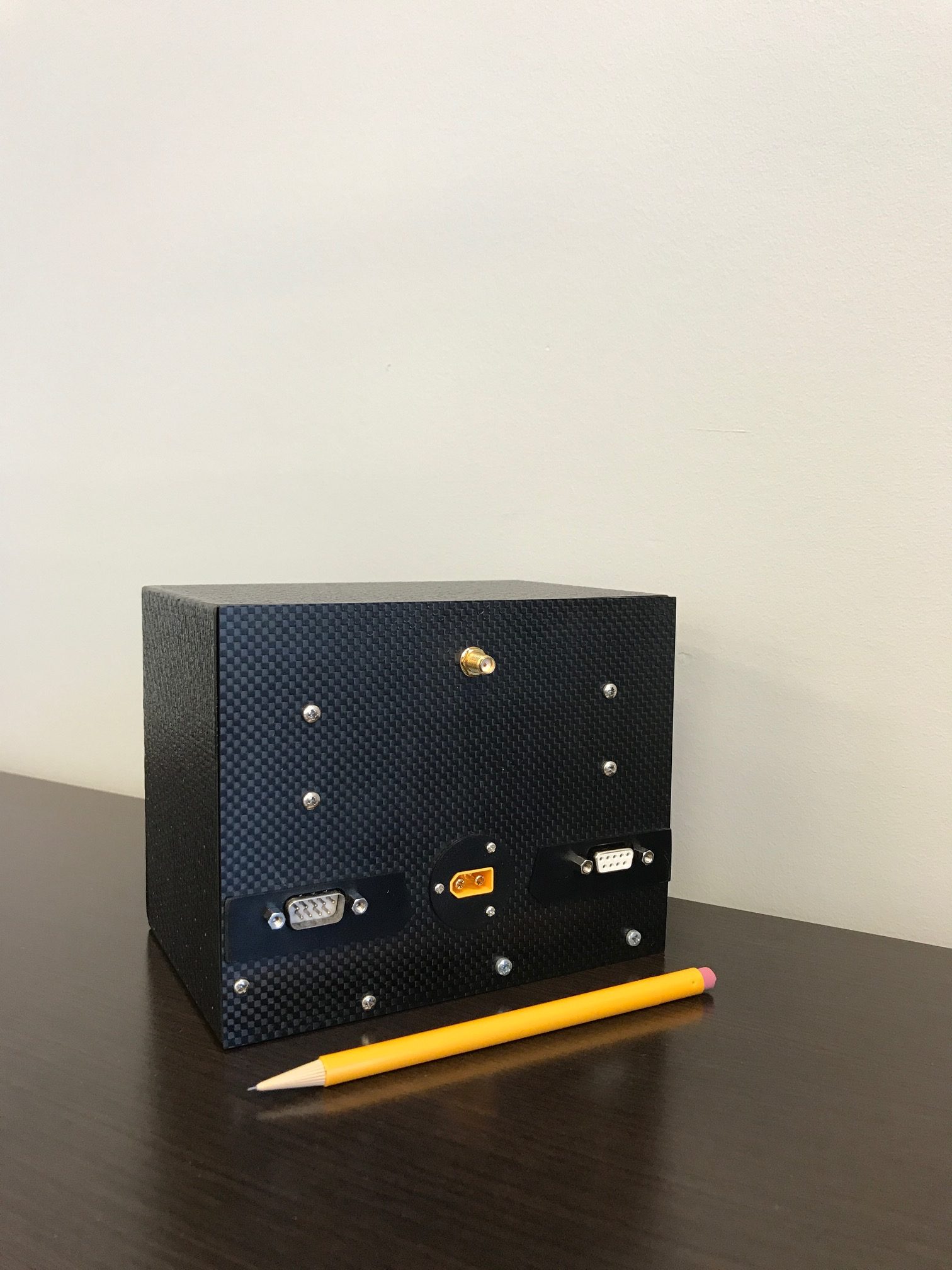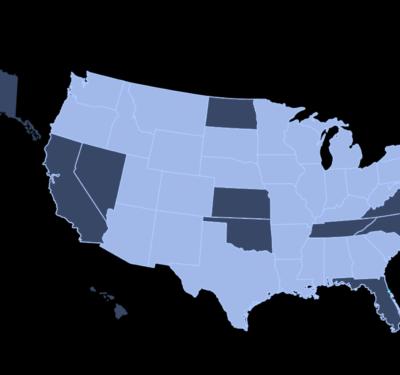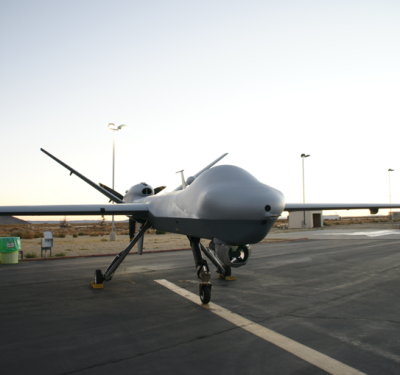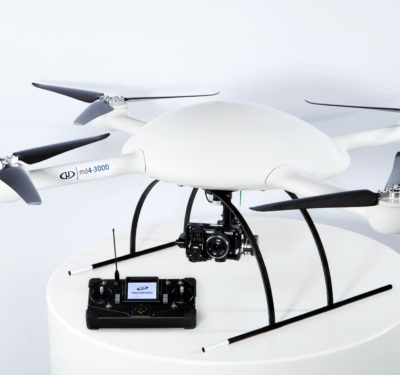
The MA-C SIGINT Sensor from VStar Systems, an aerospace and defense company, now has remote operations capability, meaning operators no longer need to be co-located with the drone ground station.
The sensor can be operated over the existing Internet or cellular network without a dedicated link to the aircraft, according to a news release. VStar Systems routinely runs this mode with a sensor that’s physically located in Northern California and a ground station in Southern California. The cellular network connects them.
This low bandwidth requirement makes it possible to provide future SATCOM capabilities over the smallest links. The sensor weighs 2 lbs. and consumes 25 Watts of power, so small drones can be configured to provide beyond line of sight (BLOS) operations while still sending real time intelligence to operators.
“With most sensors on smaller unmanned aerial vehicles (UAVs), the UAV sensor operator and aircraft operator are usually one and the same or are near each other,” said Andy von Stauffenberg, CEO of VStar Systems, according to the release. “We took that need completely away and now the aircraft can be operated separately from the SIGINT operator.”
Operator stations can be consolidated for various unmanned aircraft systems (UAS), UGVs (unmanned ground vehicles) and USVs (unmanned surface vehicles). One ground station can use multiple sensors on multiple aircraft or ground platforms for consistent coverage. If one system has to return home for any reason, another can take over and complete the mission.
This capability also means smaller crews are needed in remote, often dangerous, locations. Key decision makers can stay back with the primary assets while one plane operator is positioned near the hotspot. Because only a subset of the entire system needs to go out, it also allows for rapid deployments.
The remote operations capability and low datalink requirements also allow UAS to use long range datalinks or even small SATCOM systems to significantly extend the aircraft’s range, something not possible with visual EO/IR or Radar systems, according to the release.
“The remote operations capabilities adds significant operational utility to the overall system – but we are far from done,” von Stauffenberg said, according to the release. “Our current plans and ideas will take us out at least another year or two until we are satisfied with their development and integration and we will likely think of new capabilities along the way.”






